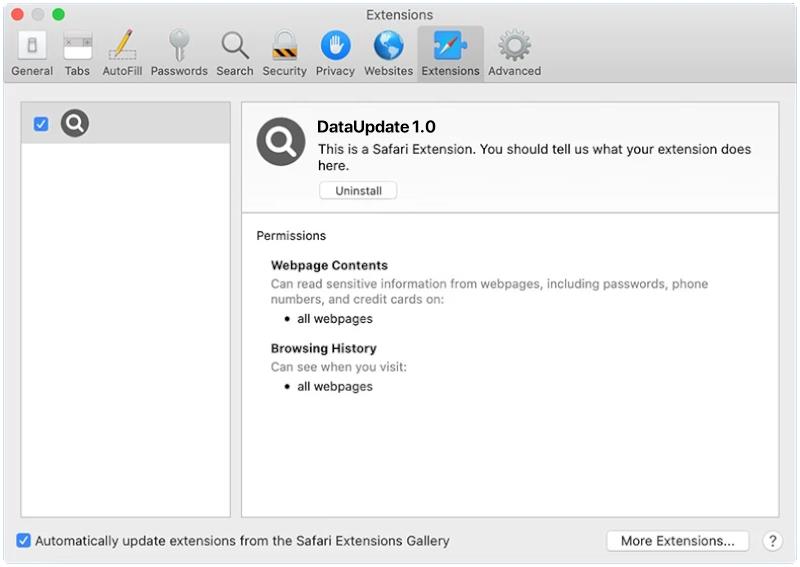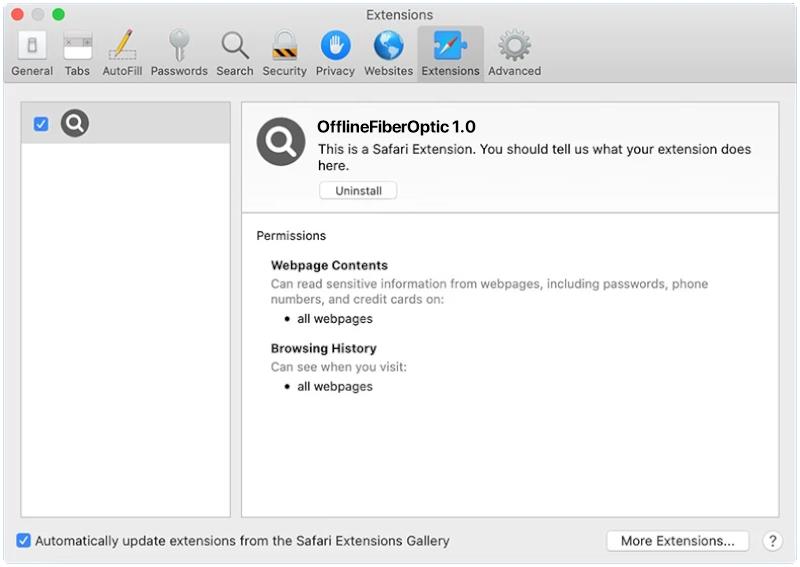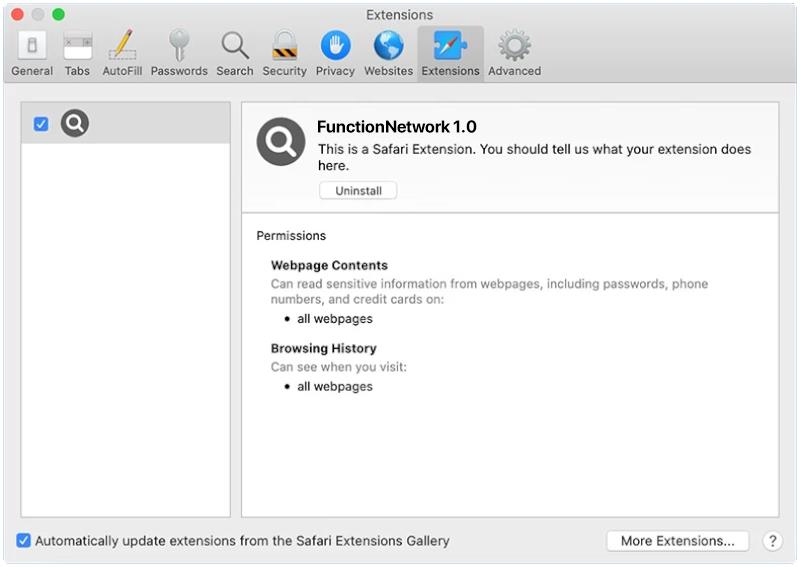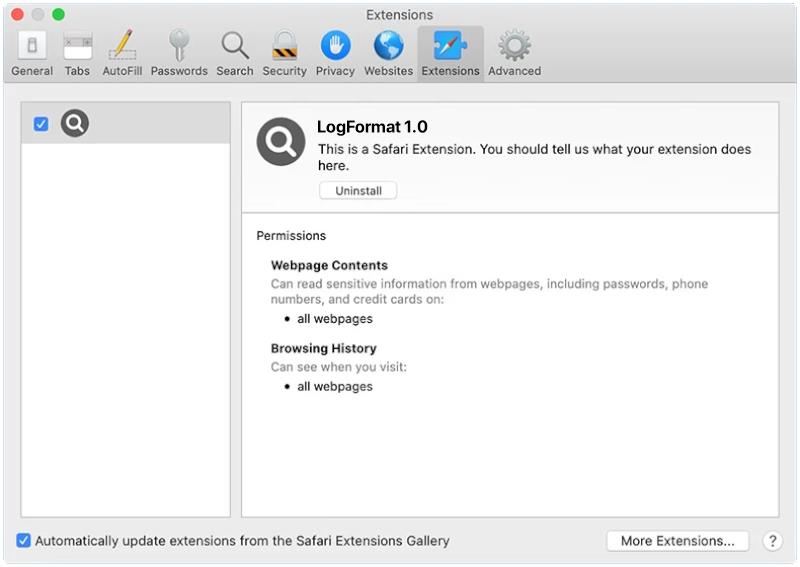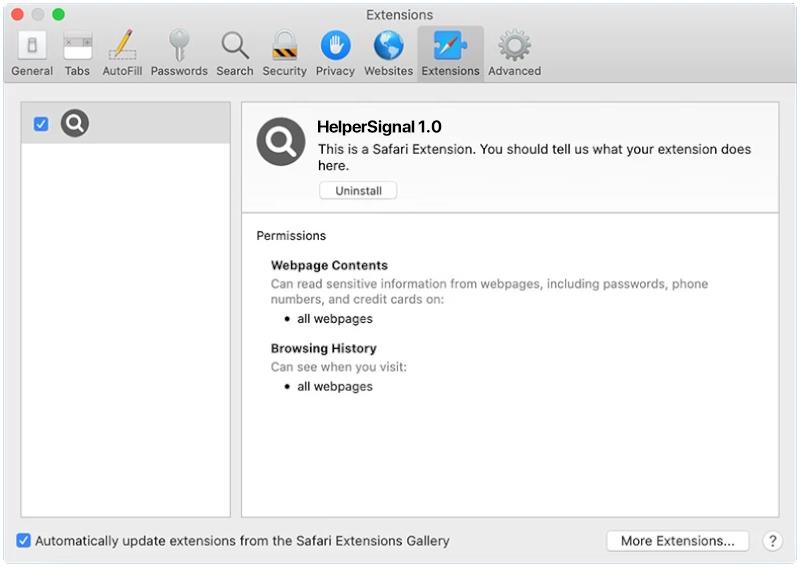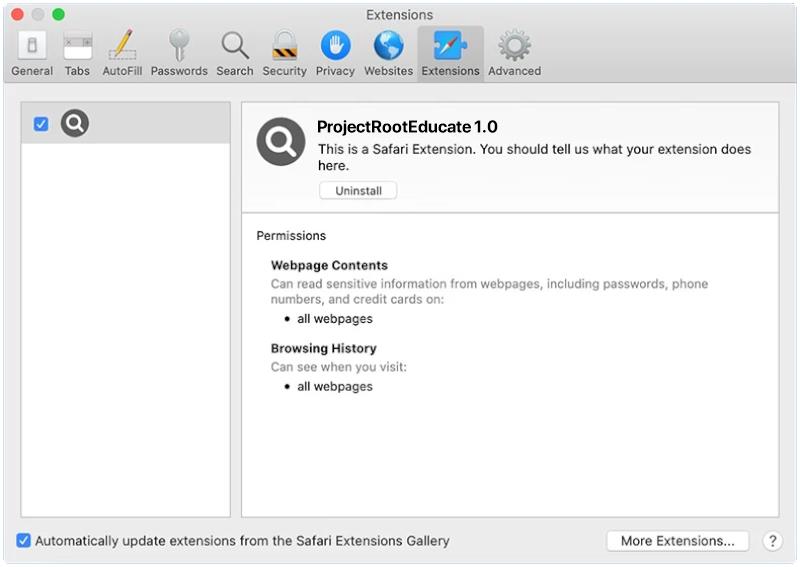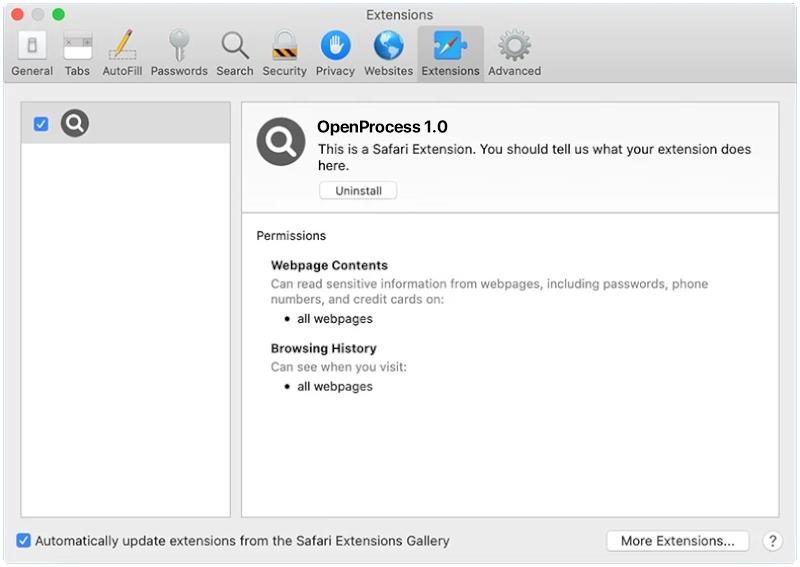DataUpdate is a type of malware that infects Mac computers by disguising itself as a legitimate software update. Once installed on a computer, DataUpdate can collect sensitive information such as login credentials, credit card numbers, and other personal data. This information can then be used for malicious purposes such as identity theft or financial fraud.
DataUpdate typically infects Mac computers through deceptive tactics, such as phishing emails or fake websites that prompt users to download and install the malware. Once installed, DataUpdate may run in the background without the user’s knowledge, making it difficult to detect and remove. To protect against DataUpdate and other malware, Mac users should be cautious when downloading software or clicking on links, and regularly update their operating system and security software.

